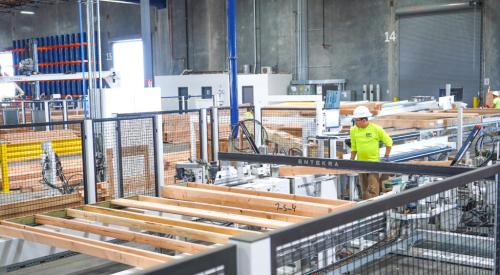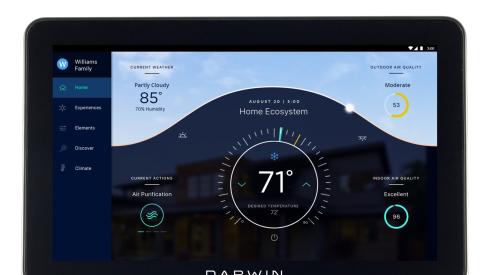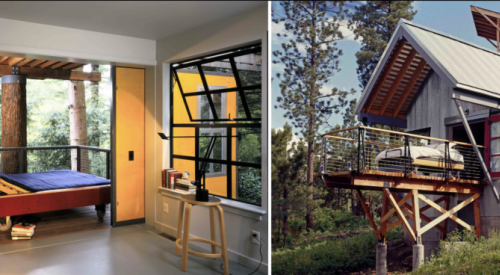A new white paper from EY (Ernst & Young) outlines the opportunities and risks with employing modular and prefab construction approaches in residential and commercial construction projects.
According to “The four dimensions of industrialized construction,” modular and prefab construction dates back to the early 1600s, when carpenters in England adapted construction techniques dating back to Mesopotamian civilization to create the first known panelized wood house, which was shipped from England to Massachusetts.
Two-hundred years later, "kit houses" (pictured) were shipped by rail for settlers during the California Gold Rush. Experimenting began with cast iron, concrete and other materials to explore how the technology could be developed. From then on some of the world's most famous inventors, engineers, and builders--Gustave Eiffel, Thomas Edison, and of course William Levitt of Levittown fame--adapted industrialized construction techniques to improve the speed and quality of building construction.
As part of its extensive research project, Ernst & Young assembled this fascinating timeline of modular and prefab construction:
















